Last Tuesday morning I walk outside of my apartment to see . . . more rain. I’m not normally a superstitious person but sometimes you can’t ignore the gods when they’re sending you consistent signals like two weeks of gorgeous blue skies, and then two days in a row of gloomy gray skies and rain–alright, I’m listening . . .
I think what I’m hearing is that I need to pull out my special bag of teaching tricks for my current English camp students. They’re insanely smart, and from what I’ve been able to figure out all of them have low-advanced to high-advanced English abilities, and a few of them have native speaker fluency . . . and yet when I ask a question all I get is a zombie wall of silence . . .
At the beginning of day two’s classes, after greeting the guys (to which I got the zombie response I was dreading) I began by talking about my speaking speed, and how I wanted to check with them if it’s okay for me to talk at my normal speed–which I NEVER do, or rarely do in Korea. My personal EFL/ESL pedagogy is that speaking naturally is nuts most of the time. If half or more of your class can’t follow your natural speaking speed, and natural level of vocabulary and how you communicate what you’re trying to tell them then I believe you need to use a variety of speaking methods to help students understand you.
Some of the things I do are . . .
1. Speak more slowly, and with very careful pronunciation.
2. I repeat a lot of the things I say, and vary the speed too.
3. I use the white board a LOT to reinforce what I’m saying if it’s difficult.
4. I break long sentences into chunks, and put pauses in between the chunks. I use gestures and acting/miming in tandem with key words and expressions.
5. When I’m not giving instructions, demonstrating something, explaining something, and other teacher talk along those lines I will try to speak more ‘normally’ but I generally follow this pattern: first time, I say the sentence somewhat normally, second time, I slow it down break it into chunks and use very careful pronunciation, and the third time (if necessary) I repeat the sentence with some degree of natural rhythm and intonation but still not at my natural speaking speed. (NOTE: The pattern described here varies depending on the type of class, language learner levels, and the learning situation. There is no one way of speaking fits all teaching situations formula.)
There are other things I do but those are some of the most common methods I use to help the students understand me. But in the case of the guys I’m teaching right now they really don’t need it. Maybe for some particular topics and situations they lack exposure to, but I’m also encouraging them to ask questions if they don’t understand something.
Normally it’s hard to get Korean students to take an ACTIVE learning role and to get them to independently choose to ask a question (with no teacher prompting) because they worry so much about loss of face if other students think the question is ‘stupid’ or ‘too smart’ or whatever the case may be but I think these guys can do it.
Anyways . . . the guys told me they wanted me to speak at my natural speed, and so I began the day’s lessons.
In the first hour I gave them a power point lecture on how to write a paragraph in English. I tried to teach them in a very communicative manner. I asked a lot of questions, and kept pushing really hard to get them to take a more active style of learning–and I pretty much ran into the wall of zombie silence again, argh!
I knew that some of the guys had studied how to write paragraphs before whether it was in a hogwan (private academy) or when they’d lived and studied English overseas in an English country. Yet they were acting like POWs in a prisoner of war camp, and I was Colonel Klink trying to get them to tell me where the secret escape tunnel was . . .
And it was only Day 2 of a two week long camp . . . oh god.
Now I like to think I’m a pretty talented and experienced EFL operator–if I can use the paramilitary parlance. I’ve got a pretty kick ass arsenal and I cut my teeth in some of the most difficult teaching conditions I’ve heard of when talking to other foreign teachers in Korea about their best and worst experiences.
But the zombie horde’s silent deadly passiveness simply plodded through everything I threw at them, although there was the occasional flicker of life and perhaps even a few smiles and small whisperings of dare I say laughter as I tried everything to get them to liven up and respond.
In my power point I have pictures of when I had an all girls high school class make kimchi ice-cream . . . yes, I said kimchi ice-cream. At this point the zombies faded away some and the true personalities of the students began to shine a little. They actually exhibited signs of shock, excitement, and curiousity about what I was teaching.
During the paragraph lecture I have a model paragraph I show the students sentence by sentence while repeating the definitions of a topic sentence, point 1, point 2, point 3, and a conclusion sentence. I use the question “Is kimchi ice-cream a good idea?” for my paragraph. The exciting and interesting topic helps students to pay attention to what is normally a very boring learning situation during the process of learning how to write a paragraph in English. I also like that it really pushes students to think outside the box, and consider something that they think is ‘impossible’ and could never be a ‘good idea.’
Ah, you may be wondering about the kimchi ice-cream thing. I did a ‘cooking in English’ class during my first year on Ganghwa Island, Incheon province. I was told that I, along with other Korean teachers, would be doing demo classes while something like 150-200 principals visisted Ganghwa Island for meetings and to pop in and out of all the demo classes. Since it was my first year, check that, first SEMESTER of teaching I wanted to do a really good job, and I wanted to do something that would be . . . ‘memorable’ for the Korean principals visiting. I wanted them to see that English classes could be fun and creative. I think kimchi ice-cream did the trick, lol.
The high school girls all brought blenders from home, and kimchi in plastic bags. I bought ice-cream, bananas, Hershey chocolate kisses, and a few other odds and ends that they could experiment with, lol. The girls thought the whole idea was completely insane but at the same time they gave a 110%, and tried to find different combinations and amounts of the ingredients to make a good tasting batch of kimchi ice-cream. During the class Korean teachers and principals all kept coming in to watch, but we weren’t ready for a taste testing session, and the first 20 minutes of the class was teaching vocabulary and the procedural expressions a cook would use if they were giving a step by step presentation about how to make kimchi ice-cream; I imagine that all looked pretty boring to the observers but later on I think the activity stage of the demo class made quite an impression on them, lol.
I think this might be the first time I’ve actually posted the pictures from my first demonstration class teaching public high school students in Korea. This student decided that she’d try mixing the kimchi with a banana and cosmopolitan ice-cream . . .
She then spooned her concoction into a blender.
Sorry for the fuzzy pictures. I was using a point and shoot back in 2005, and I didn’t even really understand ISO and shutter speeds so it’s a little blurry.
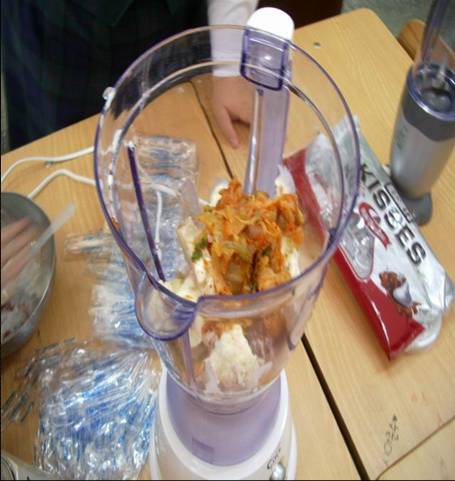
I think the girls began to go nuts when the lid was put on, and when the blender turned on they all began screaming, lol.
This particular batch kind of looks more like a milkshake but it was late June (or early July, I forget) and it was pretty warm in the classroom (no air conditioner) so the ice cream wasn’t staying all that solid for very long.
Most of the girls tried one spoonful of their kimchi ice-cream experiments. This girl was the bravest of them all and tried it first–good for her!
Yes, it’s me. Let’s just say I’ve lost some hair and, ahem, gained a few pounds (sigh). Anyways, the girls to my right made a ‘special Jason bowl’ where they put in a tonne of kimchi, very little ice-cream, blended a concoction from hell, and then told me I had to eat it. To humour them I did . . . but let me tell you the smell coming off of that bowl was NASTY!
And the taste . . . N-A-S-T-Y!!!!
To get back to Day 2 with the high school boys (sorry boys, but high school girls are a MILLION times more FUN!) I actually got some reactions from the zombie-boys when I took a minute during my power point lecture on writing paragraphs to talk about these pictures and tell the story. The guys even suggested that we should do this during the camp, and I told them I’d consider it but that I needed to talk to my co-teacher about if it was possible.
After the power point I gave the guys 3 writing exercises. In exercise one they were given a worksheet with a picture of the ugliest dog in the world–literally. I chose this picture because I knew that Korean students would have very strong reactions to the picture, and it would help them to forget that doing writing exercises is boring.
In Writing Exercise 1 they guys had to match five different sentences about the ugliest dog in the world with the different types of sentences found in a basic paragraph. They then had to rewrite the five sentences in the box below using paragraph structure rules. Things like indenting, not starting every new sentence on the left margin, and of course making sure they understood which sentence was a topic sentence versus the conclusion sentence, etc.
We then had a ten minute break and when they came back we began Writing Exercise 2 which was practicing how to make positive and negative topic sentences for opinion paragraphs. The worksheet for this exercise had 10 different opinion questions with topics that the students were familiar with; using familiar questions was key to not making this writing exercise go on for too long because actually producing topic sentences and opinions about things Korean students are unfamiliar with takes a VERY LONG TIME. Things like school uniforms, cell phones being banned from schools, and free time are topics that Korean students already have very strong opinions about and this takes the focus off of producing content and allows them to focus on the structure of topic sentences.
Oh, I should also mention that I made sure I explicitly told the guys it’s okay to write negative opinion topic sentences. I modeled how to do this on the white board, and repeated it several times. All too often in Korea the teacher encourages students to only write positive opinions, and to avoid critical writing and strong opinion writing. I think this is one of the many reasons why Korean writing students have problems during the critical thinking and writing process whether it’s for a paragraph or an essay. (Yet another reason why I use kimchi ice-cream as a multi-faceted teaching tool. Question #10 on the topic sentence work sheet was “Is kimchi ice-cream a good or bad idea?”)
In Writing Exercise 3 it was time for the guys to write their own basic paragraphs about the ugliest dog in the world. I reminded them again that it was okay to write positive or negative opinion paragraphs and then let them start working while the Korean English teacher and I floated around making ourselves available to answer questions and help if necessary.
Now as far as the zombie-effect goes the guys did their work well, and I didn’t have any classroom behavior control problems at all. The disconnect between us only seemed to be happening when I was teaching them something in a communicative way . . . hmmm.
I thought to myself that maybe they just needed more time to acclimatize to their new high school surroundings, to make friends with each other and sort out the whole social hierarchy scheme within the classroom, and whatever other issues were in play.
Day 2 finished with us a little behind the first two-week camp pace–which surprised me because I knew that the guys were as a whole class significantly higher in English language abilities than the first camp.
I went home satisfied that the guys were learning new writing skills (in spite of about 30% saying they had learned how to write an English paragraph before–their work didn’t display this ability and there were things they did NOT know), and that we were making decent progress through my lesson plan schedule.
But the teacher part of my brain kept ruminating (trying to figure out what I was doing, or not doing, and what they were doing or not doing) about trying to establish a more interactive teacher-student dynamic in the class that is so much a part of what I normally experience when I teach Korean students . . .
Day 3 coming soon . . .
J


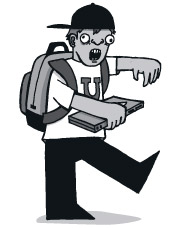

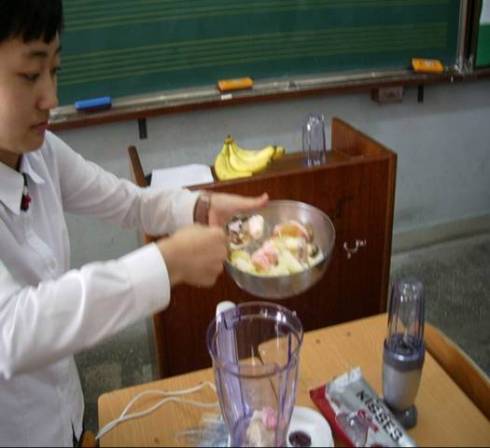
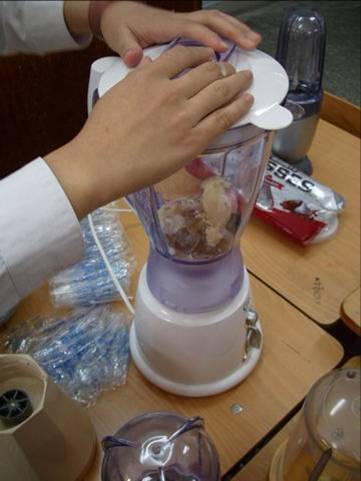
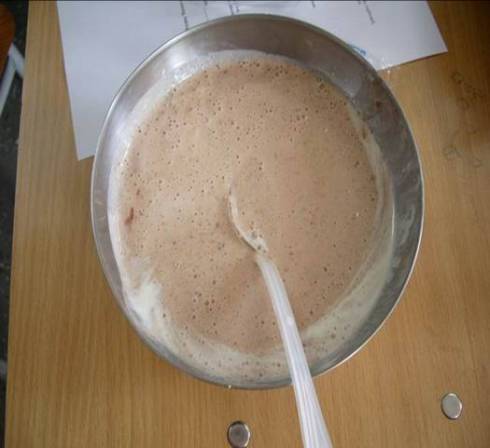
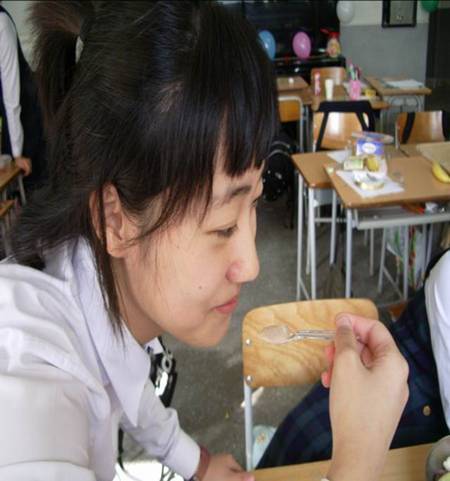
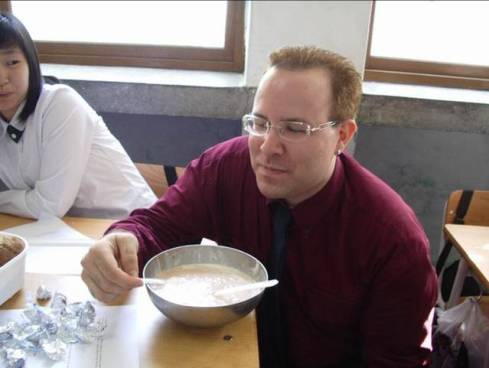
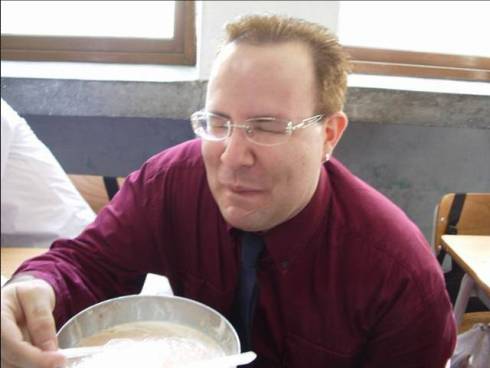
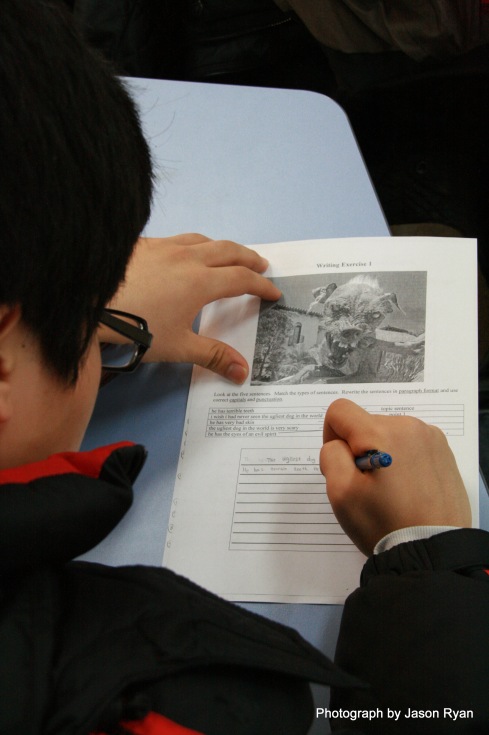





2 comments
Comments feed for this article
February 17, 2010 at 11:47 am
Things I’ve seen while walking around Seoul’s streets and in the subway . . . « Kimchi Icecream
[…] 17, 2010 in Uncategorized The last post I wrote about two-week English camp I’m currently teaching tired me out, so tonight I’m […]
July 1, 2010 at 2:56 am
ESL/EFL English Camp Guide – Getting ready for summer English camp (aka more classes, more studying) and final exam period at my school « Kimchi Icecream
[…] Winter English Camp in South Korea #2, Day 2: The Zombies Return . . . and not even the power of kim… […]